Photography Is Complex, Simple, Subjective, Factual and Everything In-between
Do you ever get that feeling something is not quite right with your image? Compositionally it looks fantastic but something is just jarring your view of it. It’s a very common issue when people progress from pure beginners to a more intermediate level.
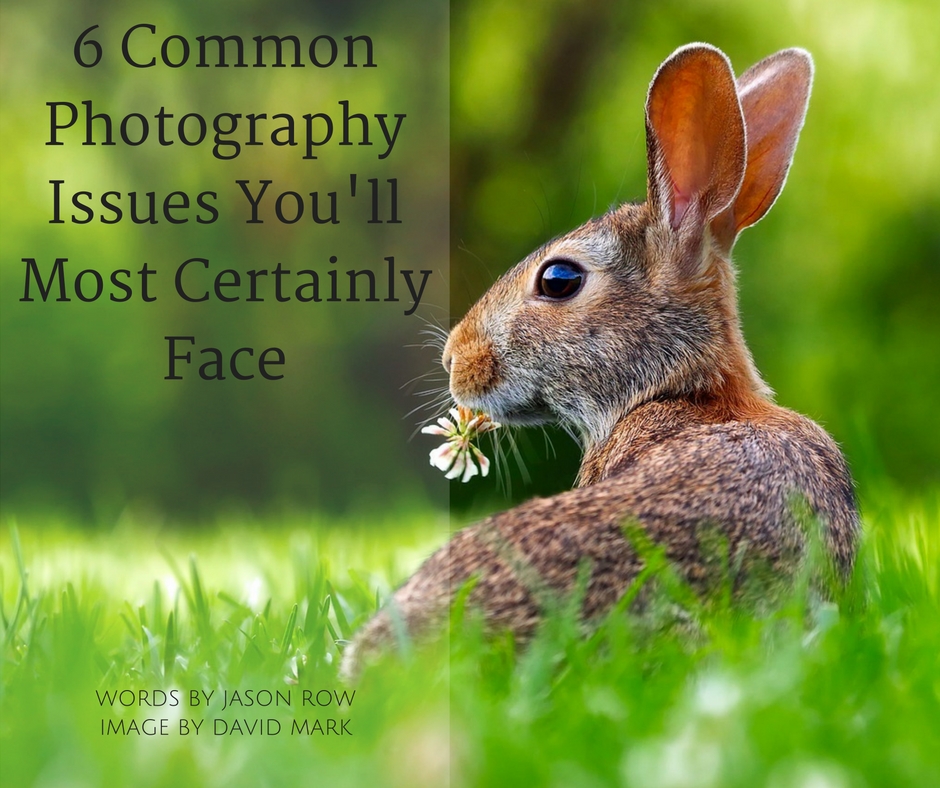
Skills Learning for Photographers!
How's your Black and White post processing? Well, here's a secret. You don't need to be spending tons of money on expensive software and plugins, what you d need to spend on is time and practice along with this fantastic guide by pro photography author Kent DuFault.
As beginners, we often fail to see issues within an image. Bowled over by a sense of pride in our capture we tend not to look at the more technical aspects if it. As we progress we start to see beyond the aesthetic and look at the technical aspects.
Today, we are helping you to identify the 6 most common problems with a photograph.
Go Big
The first problem is not actually an “image problem” but the way you view it. Forget judging the image on the LCD screen of your camera, that will give you little to no visual information.
You need to make judgments on a proper computer screen, preferably one that has been color calibrated. Color calibration is an important part of getting your technical game on point and need not be expensive these days.
So assuming you are looking at your images on a color-calibrated screen, what other problems might we find?
Exposure – Clipping
Clipping occurs when you overexpose an image. It manifests itself as the brightest parts of the image going pure white, even if they were not pure white in the actual scene.
It's probably the biggest problem with a photograph as it is unrecoverable in post production. Trying to pull the highlights back, in say Photoshop, will just give you a uniform gray block rather than any definition.
The solution? Keep an eye on your histogram and clipping alerts when shooting. Switching on clipping alerts will show clipped parts of an image as a flashing block of color. The histogram will show you potential clipping when the exposure is spilling off the right side of the graph.
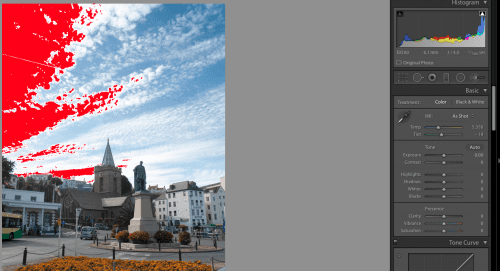
Exposure – Noise
Noise not only occurs with high ISO but also in shadows when you underexpose an image. This often is only seen in post production when you try to lift the exposure to reveal detail in the shadows.
Like clipping, you can find potential noise issues before they occur by using the histogram. If the light is bunched up and spilling off the left end of the graph, you are underexposing.
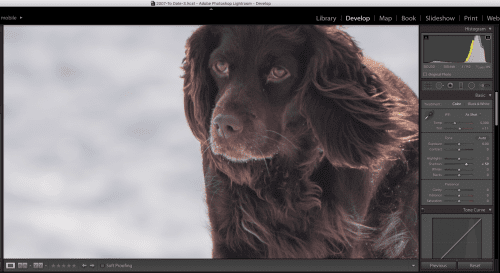
White Balance – The Wrong Color
By default, our cameras will set the white balance automatically. White balance is needed because the color of light changes through the day or depending on the type of light source.
Camera sensors do not know what color the light is so they use a secondary sensor to analyze it. The problem is, it's not always 100% accurate and that can lead to color casts in our shots.
The solutions here are to shoot RAW rather than JPEG. This allows you to change the white balance in post production. The alternative is to shoot using one of your camera’s preset white balances or set one yourself.
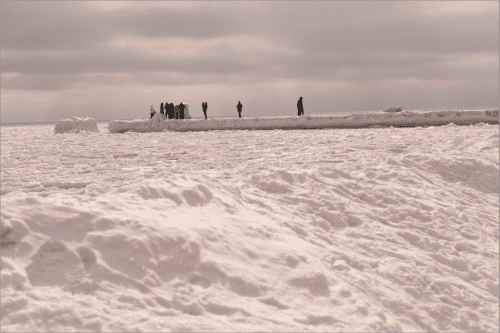
Sharpness – Focussing and Shutter Speed
One area where your camera’s LCD can be useful is to quickly check sharpness. All cameras have the ability to zoom into an image to check just how sharp it is. Whilst not as accurate as looking on a big screen, it will show up sharpness issues you may not have seen looking at “full view” on the LCD.
There are two main components that are going to affect image sharpness,
- Focus, and
- Shutter speed.
Virtually all cameras have very good autofocus, but it's not always perfect. It might focus slightly off where you want sharp focus to be, it might even fail completely in certain conditions.
Learn to use the different autofocus modes and aids as well as using manual focus to ensure sharp images all the time.
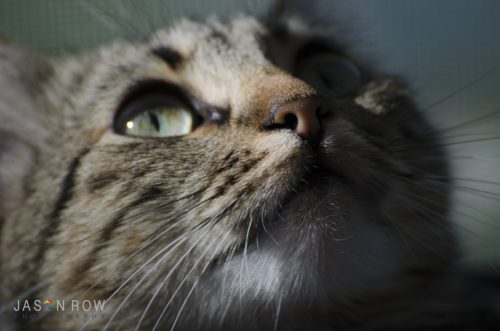
The other issue at play here is camera shake. This occurs when the shutter speed is too slow to eliminate your natural movement when shooting. It is more apparent in low light conditions and can easily be overlooked when shooting Aperture Priority or Program mode in variable light conditions.
It will manifest itself as a slight motion blur particularly to hard edges in your images.
The solutions here are:
- To use a tripod for camera stability,
- Open your aperture to raise shutter speed, or
- Increase your ISO to raise shutter speed.
Dirty Sensor – Dust Bunnies
Dust bunnies occur when microscopic spots of dust get onto your camera’s sensor. Most cameras these days have some form of dust protection but it is not always 100% perfect.
Dust is most likely to occur when you are changing lenses and is very difficult to see on the camera’s LCD.
Top Tip!
To check for dust, shoot a piece of white card stopped down to f/11 or f/16 and check on a computer monitor.
There are various solutions for cleaning a dirty sensor ranging from static brushes to sensor swabs. However, if you are not comfortable doing it yourself, take it to a reputable camera store or repair company and they will do it for you.
Summary
These are some of the more common problems you might find with a photograph – also use it as a checklist for next time you're out shooting. Understanding how and when they occur will help you eliminate them and take the technical aspects of your photography to a new level.
If you're aware of these common photography issues, it will mean that you can improve the quality of your shooting and actually save time on the long run. How?
Because if you're aware of what your histogram is telling you, your white balance (amongst other issues) you won't be wasting time in post production stuck in front of the computer trying to “fix” everything.
Common Photography Issues – Top Takeaways
- I would say, keep your gear in check as a habit, this means using cheap and highly effective tools like a Lenspen or an Air Blaster it means things are kept clean and saving you time and avoiding dusty-looking images, not a good look.
- Try and be more aware of your histogram and adopt a mindset other than “it's okay, I'll fix it on the computer” because it's better to be shooting and developing technique than trying to manipulate images to be more “useable”.
- Get your focusing skills nailed with these techniques!
Further Resources
- These Steps Will Help You Nail Focus Every Time by Jason D. Little
- A Beginner’s Guide to White Balance by Jason Row
- How to Clean Your Camera Properly by Mike Panic
- How to Quickly use the Spot Removal Tool in Lightroom to Clean Up Your Photos by Sheen Watkins
- Are You Using Your Histogram to Get Better Photographs? by Lightstalking
Further Learning
How's your Black and White post processing? Well, here's a secret. You don't need to be spending tons of money on expensive software and plugins, what you d need to spend on is time and practice along with this fantastic guide by pro photography author Kent DuFault.





1 Comment
Thankyou. All important and useful points.